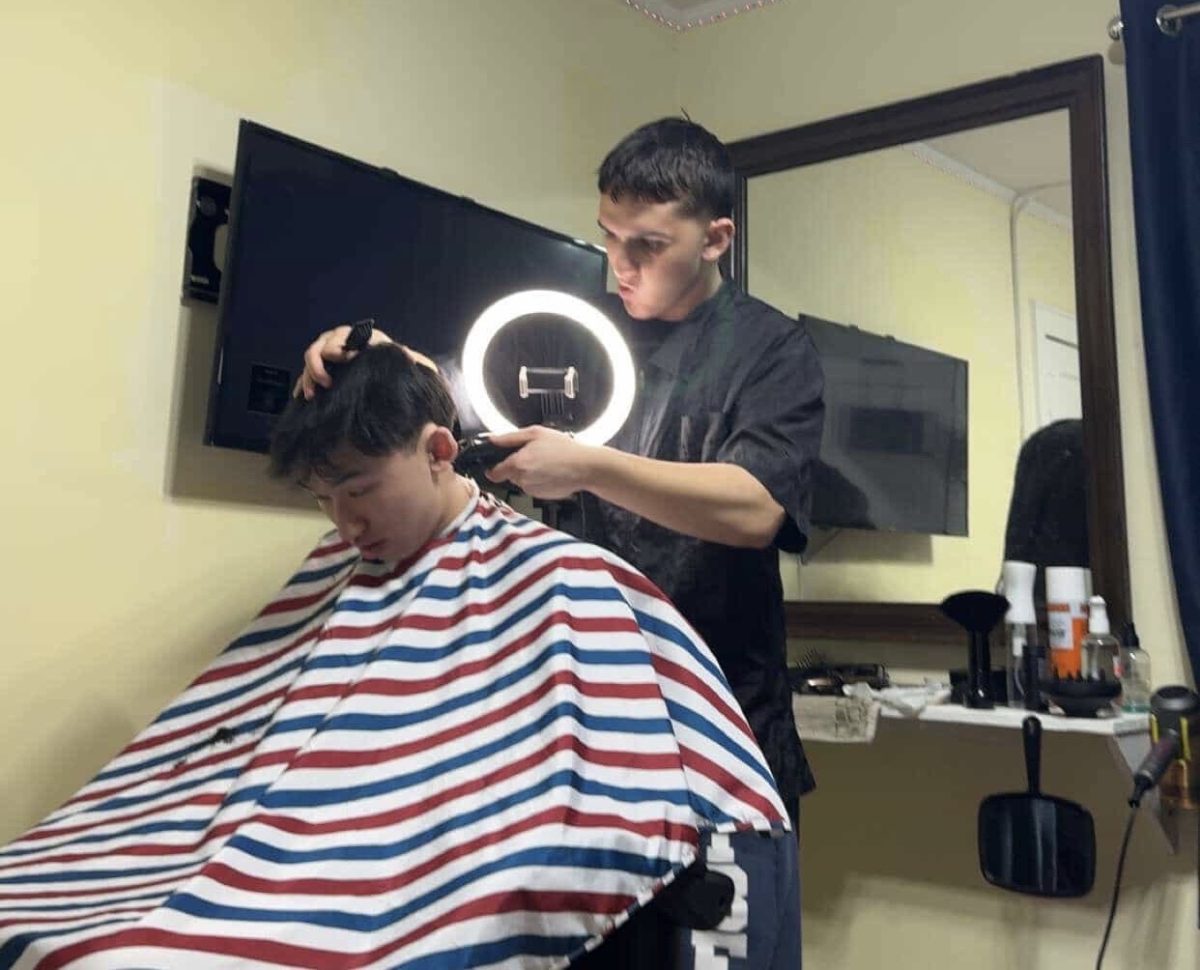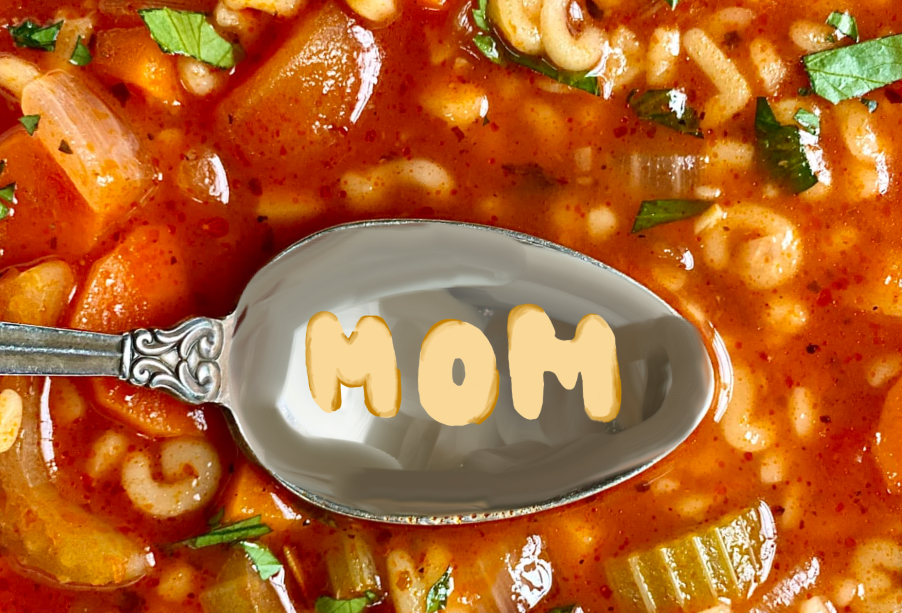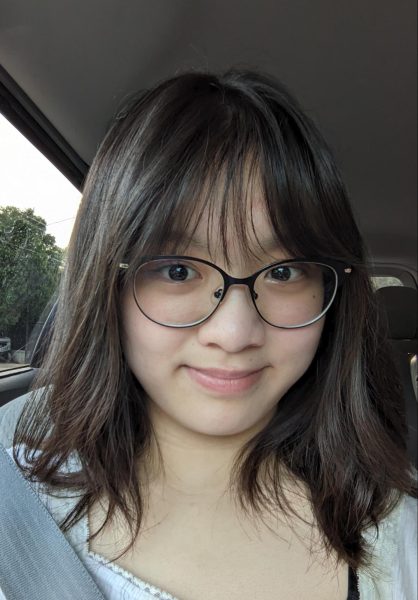Approaching the shoreline one evening, our narrator spots a silhouette of a man in the distance. Secluded in the mist, the figure gazes across the bay toward the glint of a green light. Arms stretched out across the water, the man reaches for the green glow—towards impossible desires and a tragic fate that cannot be undone.
The curtains part to reveal an ambitious Nick Carraway (Noah J. Ricketts), our narrator, who sets the scene in New York City. Suddenly, the backdrop rises to unveil the silhouette of a line of partygoers. The black and gold tide of tuxedos and flapper dresses advances downstage, striking potent poses as they join in on the opening number “Roaring On.” With a jazzy, free-spirited melody and dazzling strings of beads swaying from the hems of slip dresses, the ensemble brings to the stage the essence of the Roaring ‘20s. In the midst of the excitement-seeking crowd, the young Nick sings about the mystery of a man named Jay Gatsby (Jeremy Jordan)—a figure who throws entrancing parties at his mansion, yet disappears from his guests’ sight without a trace. In a desperate pursuit of a former relationship left unresolved, Gatsby throws these extravagant parties, hoping that it will be enough to one day attract his former lover.
A glamorous musical rendition of the classic American novel, The Great Gatsby certainly brings back “big Broadway.” With elaborate tap sequences, firework machines, and live orchestra members performing on stage, the musical encapsulates the excitement of the ‘20s. In the showstopper “New Money,” Jordan Baker (Samantha Pauly) captures the extravagance and wild thrill of modern spending at one of Gatsby’s explosive parties. Basking in the opulence, the ensemble of party guests chase the thrill decked out in shimmery teal headpieces and
peacock-colored fabrics. With mesmerizing choreography and a groovy chorus, Jordan and her glitzy jewel-tone crew hypnotize the audience with an intoxicating performance.
While the musical rendition retains all the elements and significant plot points of the story, some events from the book are slightly altered to fit the stage setting. Naturally, a live theatre adaptation of a novel cannot offer the same depth and complexities in the characters; however, the musical transforms the story into a spectacle that tells a version of the story with a specific take on the original novel.
The main difference between the musical and the well-known classic by F. Scott Fitzgerald? The musical is a love story, the novel is not. “I think a lot of people have been led to believe it’s this great romantic tale, and it’s not that,” said English teacher Mr. Michael Moran. “It is a person who had an ambition to rise to claim new status, to have a different place in the world. Then that ambition changed when he met someone. After he meets her, it changes again to trying to recreate and restore the past, which is an even more impossible task than trying to change his status in society.”
In “My Green Light,” Gatsby and Daisy (Eva Noblezada) rekindle their love in a duet full of desire for the relationship they once enjoyed before Gatsby left for the war. Overlooking the bay from Gatsby’s balcony, the two draw closer to one another with each note in the longing-filled twilight, finally embracing to symbolize their reunion.
Mr. Moran said, “[The green light] is always going to be out there in the distance. It’s always going to be this thing that is beyond his grasp. It was the changing of his status—to be accepted by the old wealth in society—that would never happen. That he was going to be seen as this outsider, this interloper, and to recreate the past—it’ll never happen.” Yet in the musical, the green light is not some impossible desire for a rise in social status—it’s Daisy herself.
Though Nick remains the narrator of the musical—introducing scenes and sharing his internal monologue with the audience—we no longer experience the story purely through his lens. One prominent change in perspective occurs with the character Myrtle Wilson (Sara Chase). No longer just Tom’s shallow mistress, Myrtle has her time to shine as her own woman who makes decisions with intention and awareness of the consequences. In “Second-Hand Suit,” her character sings of her unsatisfactory marriage and the first time she had an affair with Tom, bringing in humor to lighten up her unfaithful actions.
The final number ends with a familiar sight: a silhouette of partygoers singing the same melody as the opening. After all that has happened—all the lives that have been transformed permanently—the party still roars on.







